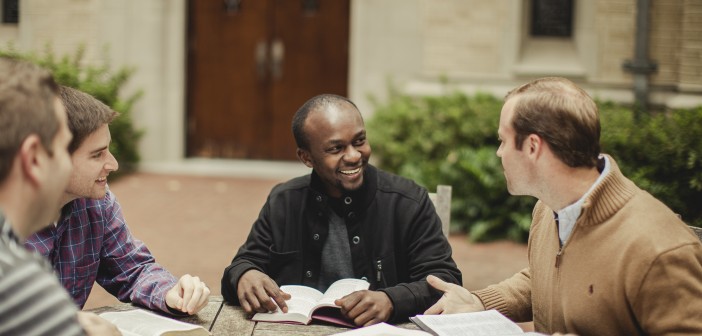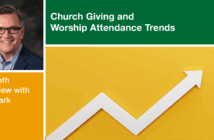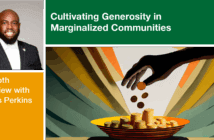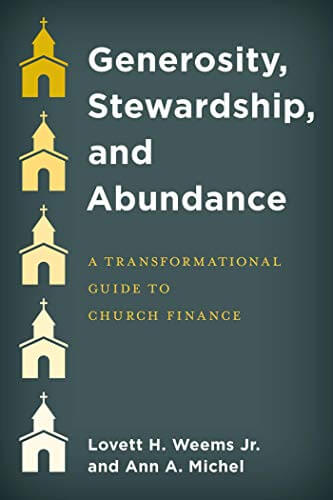Small groups are an important setting for conversation around the theme of a church’s annual commitment campaign. In churches with a consistent, coordinated small groups ministry, this can be as simple as incorporating study material related to your stewardship message into their program. But there are ways to extend the impact of small group conversation beyond those who regularly attend a class or group.
Nontraditional Small Groups
Do you have a team that meets on Saturdays to mow the lawn, edge the sidewalks, weed the flower beds, and trim the hedges? If so, invite them to meet 45 minutes early for a period of weeks for study and conversation related to your campaign theme. This same invitation can be given to office volunteers, the church set-up and tear-down team, youth choir, men’s quartet, and band, as well as to the formal administrative teams in the church, such as finance, trustees, deacons, councils, and boards. In every case, it is an invitation for the group to take their commitment to Christ and their relationship with each other to a new level and to join the rest of the congregation in a season of prayer, reflection, and commitment.
There is another kind of small group that most congregations never think of including. I am referring to individual households in your church. A devotional book, mailed to each household, is an excellent resource for families to use while reading, praying, reflecting, and discussing commitment together.
Small Groups at the Pastor’s Home
This is a wonderful idea from Bill Easum’s monograph “The Missing Piece.“ The idea is to divide the entire church into small groups and invite them to the pastor’s home for dessert and coffee. My personal experience is that more than 80 percent of those who attend these events not only complete their commitment cards but also increase their financial commitment to the church’s general fund.
The home location for this occasion makes a difference because it communicates the pastor’s personal support for the program. For cases in which the pastor’s home is not available, small groups can convene in the church parlor.
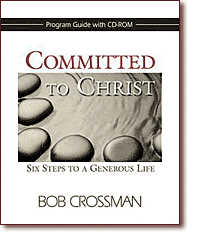 Keep these meetings short — ideally, under an hour. As guests arrive, serve dessert and coffee. After a few minutes, the pastor welcomes the group and shares a personal vision for the future of the church — 10 minutes or less. Next, a stewardship leader gives an overview of the campaign and distributes commitment cards, inviting the guests to step up to higher level of commitment. The pastor closes the time with a prayer and invites the guests to a second helping of dessert.
Keep these meetings short — ideally, under an hour. As guests arrive, serve dessert and coffee. After a few minutes, the pastor welcomes the group and shares a personal vision for the future of the church — 10 minutes or less. Next, a stewardship leader gives an overview of the campaign and distributes commitment cards, inviting the guests to step up to higher level of commitment. The pastor closes the time with a prayer and invites the guests to a second helping of dessert.
This article is an excerpt from a stewardship commitment campaign program, Committed to Christ: Six Steps to a Generous Life, available at Cokesbury. Copyright 2012 by Abingdon Press. Used by permission.
Related Resources:


